“Oh my! The flowers on those trees look like tulips.” I was taking a walk with my grandmother along a country road just north of Lake Erie. It was spring and the weather demanded some outside activity.
“That’s why people call them tulip trees,” Gran said. “They’re also called poplars. In fact, other than in springtime when the flowers appear, that’s all people know them as.”
“Poplar. That’s a hardwood, isn’t it?”
Gran was knowledgeable about a lot of things. She loved trees and she knew which one was which. “Yes. It makes excellent wood for cabinetmaking. And the first peoples used the poplar or tulip tree wood to build their dug-out canoes.”
“I would love to grow these trees in my yard.”
“Unfortunately, you’re a little too far north,” I was told. “Tulip trees grow well in the Niagara Peninsula, but they wouldn’t do as well in northern Ontario.”
“Oh. That’s disappointing.”
“But you may always come and visit your gran in early spring, and enjoy the tulip blooms on the trees.”
Tulip trees, or Liriodendron tulipifera, have always fascinated me. I’m not very knowledgeable about trees. Certainly not like my grandmother, but I can recognize the tulip tree. At least, I can recognize it in the springtime when it’s in full bloom. The yellow-green flowers are 2 inches long with six petals shaped like tulips. Hence the name.
But, for the rest of the seasons (except winter, of course), this tree consists of a trunk with branches and green leaves. It’s a fast-growing tree and it gets quite tall, over a hundred feet with a trunk that’s at least 5 feet in diameter. Even the leaves, long and straight across the top, are large at 3 to 5 inches in length. When the fall boasts its colorful leaves, the tulip tree’s leaves turn yellow.
Part of the family of deciduous trees in the magnolia family (Magnoliaceae), the tulip tree is also known as the tulip poplar, the yellow poplar, canoewood, saddle-leaf, or white wood tree. Surprisingly, its scientific name, Liriodendron, actually means lily tree.
The tree is known to thrive in various locations around the Great Lakes, particularly along the south shore of Lake Huron, the north shore of Lake Erie and in the Niagara Peninsula. It can also be found in locations south of the Great Lakes, like in Pennsylvania, Massachusetts, and other eastern states.
Related Post: Fast Growing Shade Trees For Your Homestead
Considering the temperate climate of some of the west coast locales, it’s not surprising that this tree should do well in places like Vancouver where it’s grown as an ornamental tree. With its deep, wide-spreading roots, the need for rich, moist soil and a temperate climate makes these locations ideal for the tulip tree. It needs lots of moisture and full sun.
Other than for insects, there isn’t anything edible about the tree. The Lepidoptera caterpillars, particularly eastern tiger swallowtail (Papilio glaucus) enjoy the leaves of tulip trees. This swallowtail butterfly, of course, is the most recognized butterfly in eastern North America with its tiger-like black stripes around yellow wings.
The seeds of tulip trees, which are produced in great quantities annually, are a source of food for birds and other mammals.
The tree’s wood, however, is also quite useful. Known as poplar or tulipwood (in the early 20th century, it was often referred to as gumwood), it’s fine-grained, stable, and easy to work, so it’s a favored choice for cabinet makers. Because it’s only moderately rot resistant, it isn’t used in shipbuilding except some light-craft construction. As Gran mentioned, due to its large trunks, the first peoples, the Native Americans used the tree for dugout canoes.
Related Post: 7 Indoor Trees To Add Some Greenery To Your Home
Though the wood is quite useful, my attraction to the tulip tree is purely for its looks. I love the tulip-shaped blossoms in the spring and the large canopy of leaves that provide graceful and comfortable shade on hot summer afternoons. If I could grow them where I live, I would. Since I can’t, I enjoy them whenever I venture slightly south, particularly to the Great Lakes region.


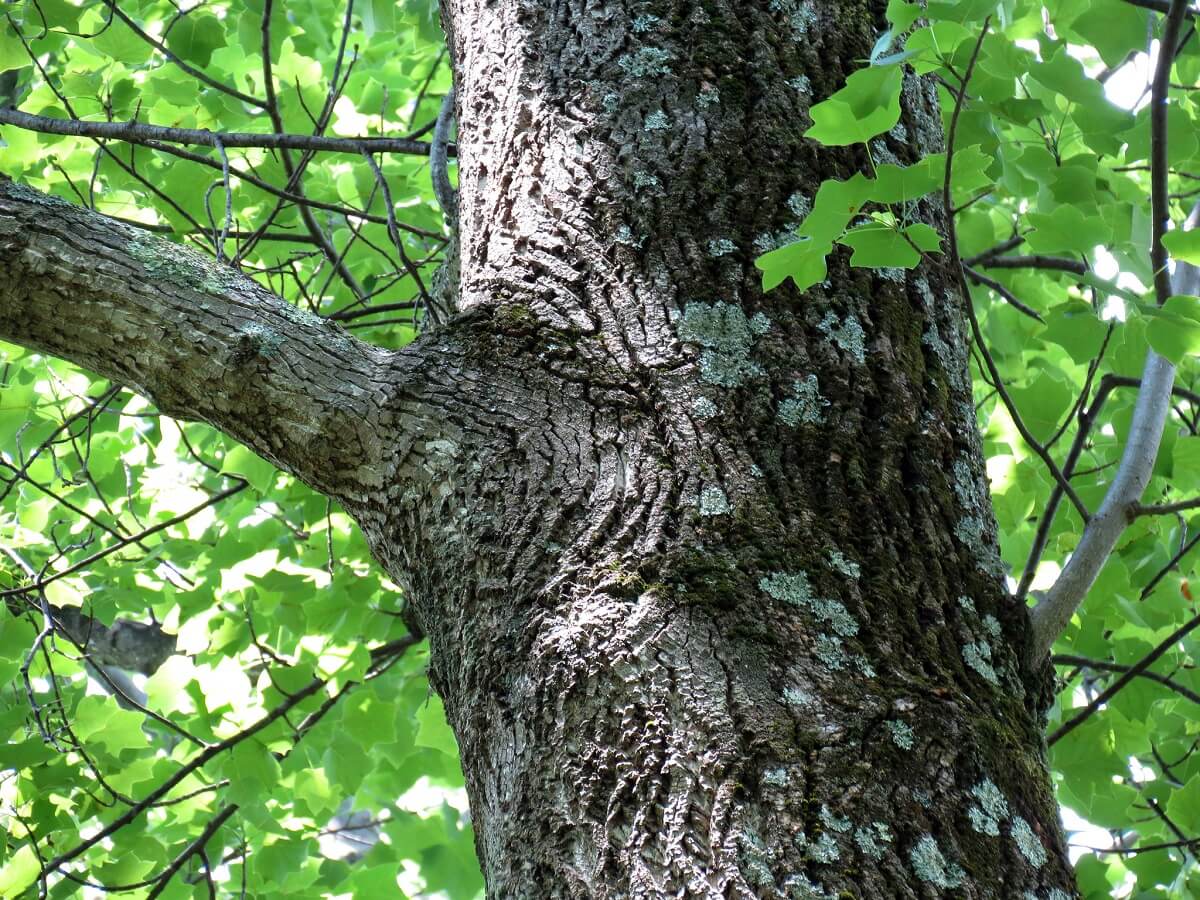
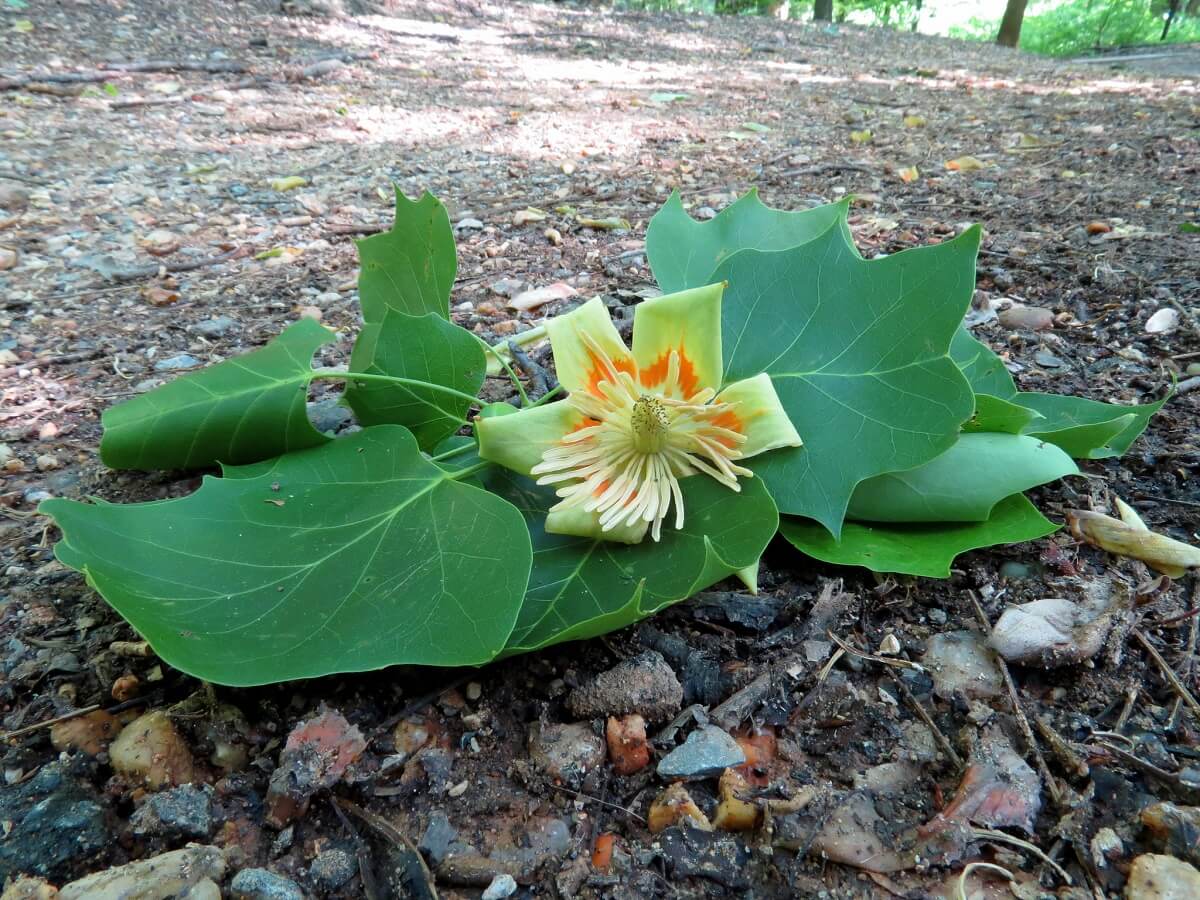
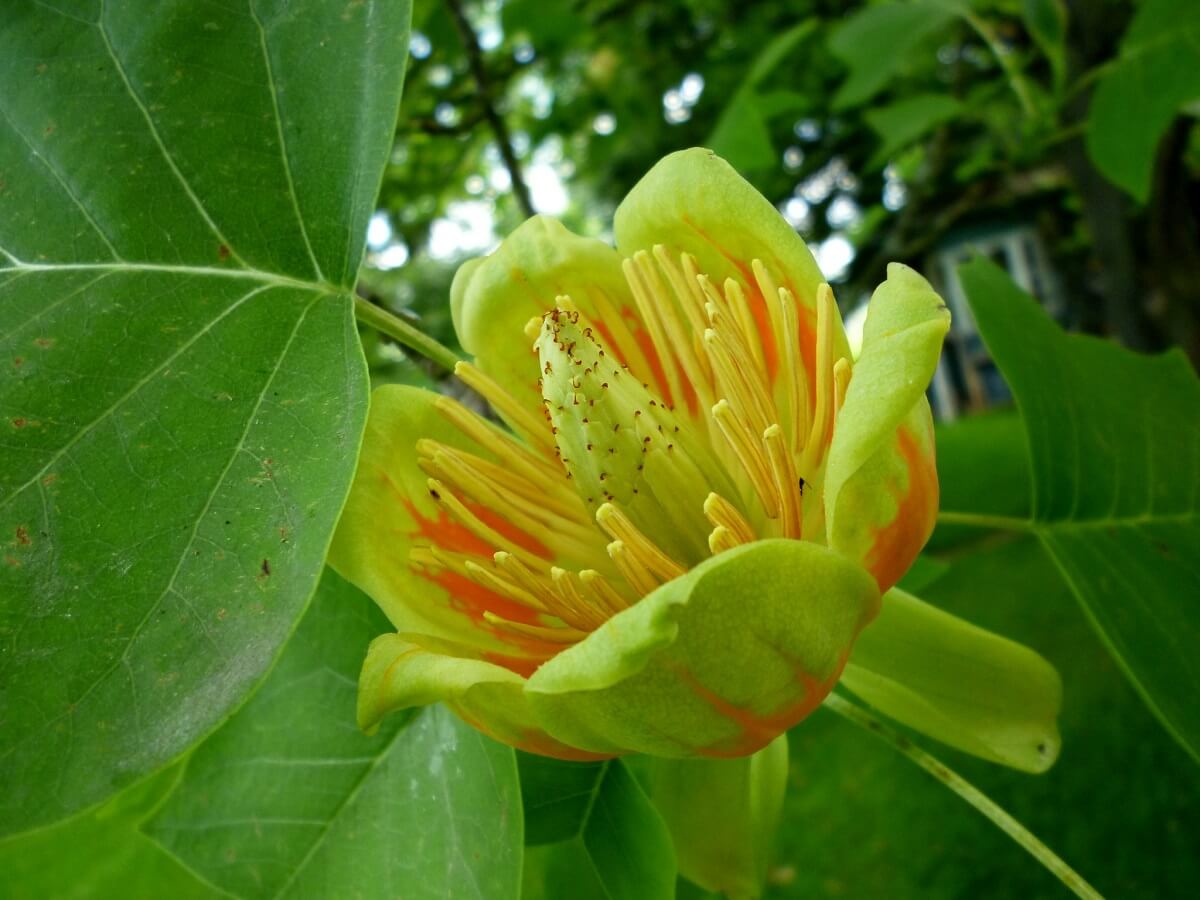
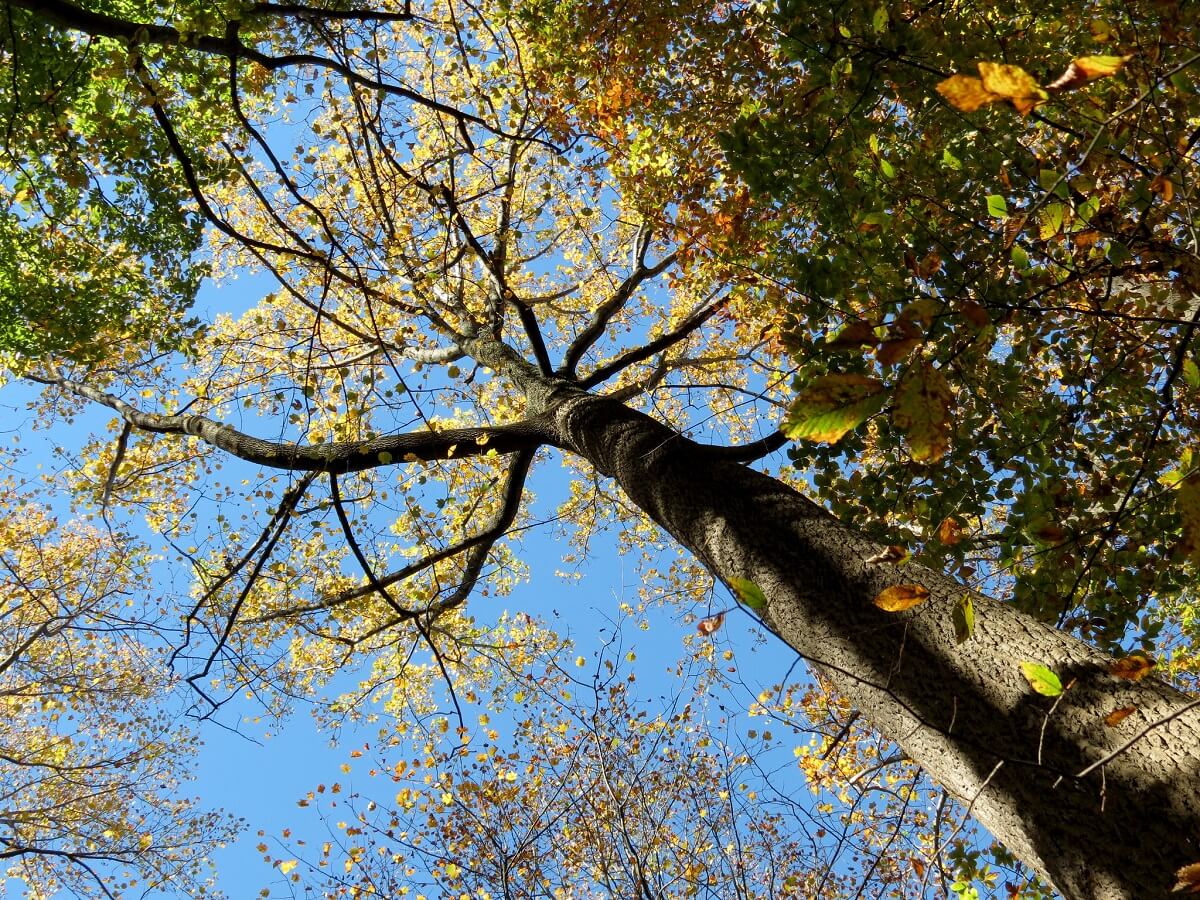
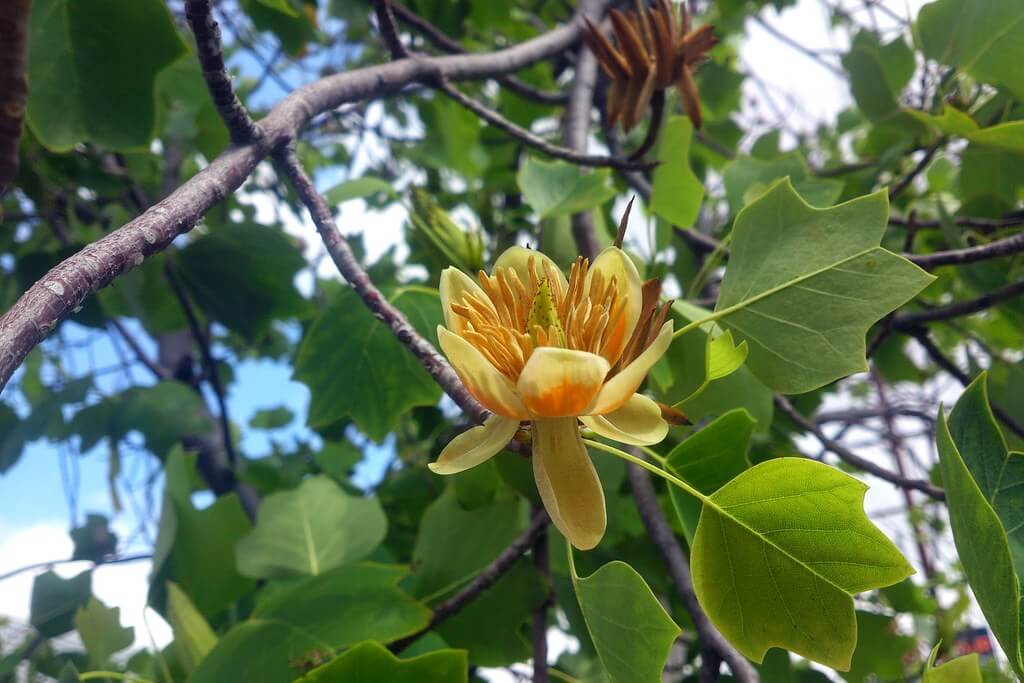


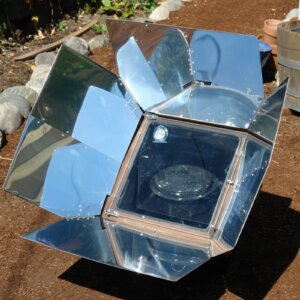

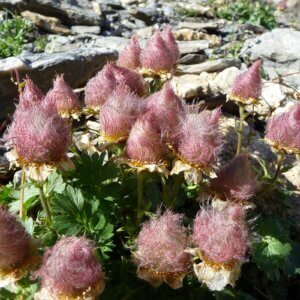


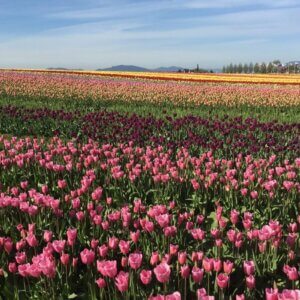
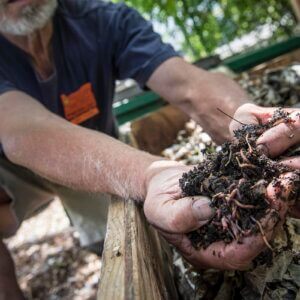


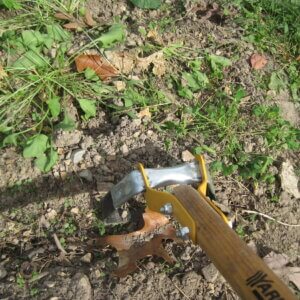
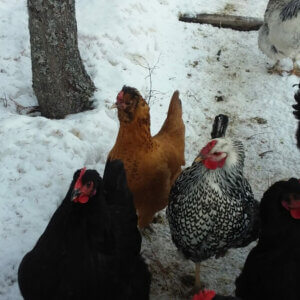


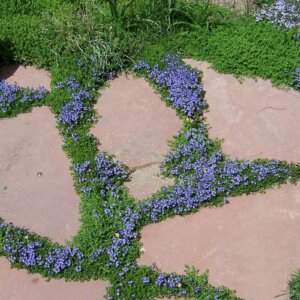
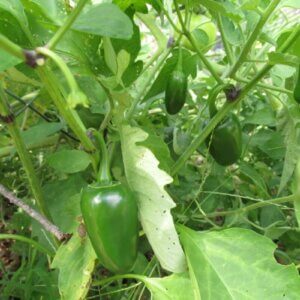

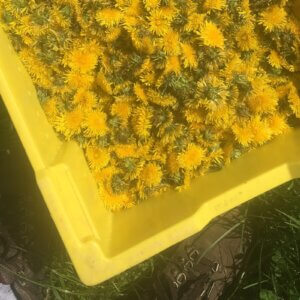





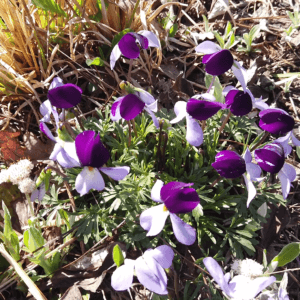

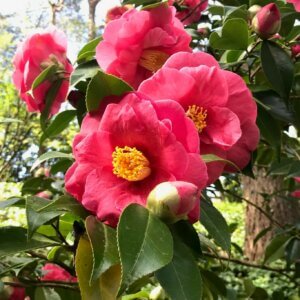


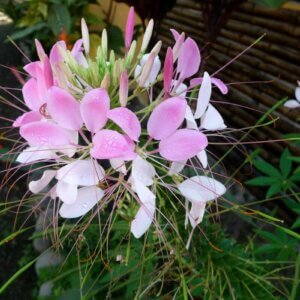


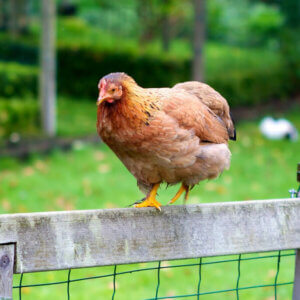



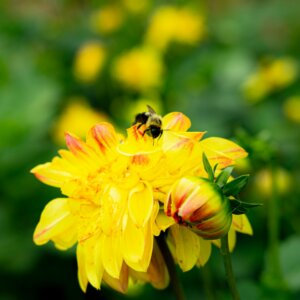
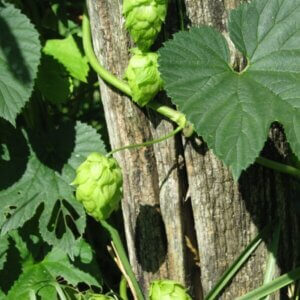
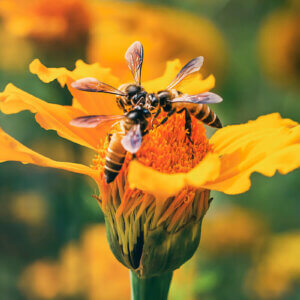
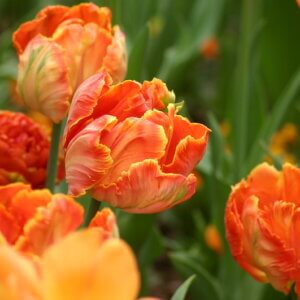
We always called them tulip poplars here, they’re so beautiful in bloom! My granny and my dad always pointed them out to me.
~KY Momma
I’m in Dearborn, Mi there is a huge beautiful one in my yard. When we first moved in I had never seen one of these before it smells so pretty. Last year I was having chemo treatments and I almost missed seeing it bloom. I was so excited this year to be able to smell it and see it ! Made my heart Happy ?
Yes, they are beautiful. Thanks for sharing.